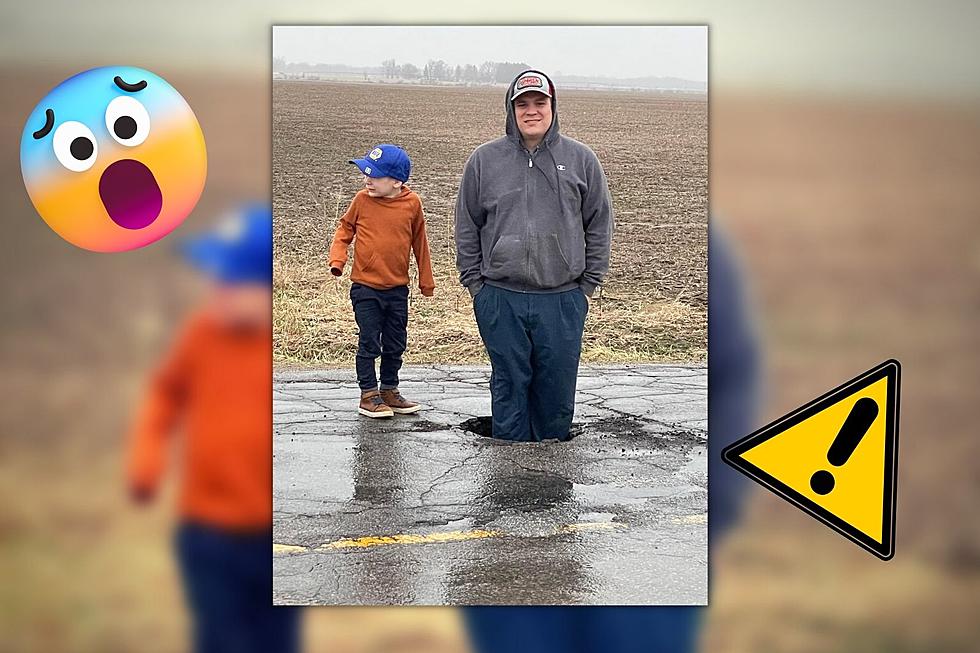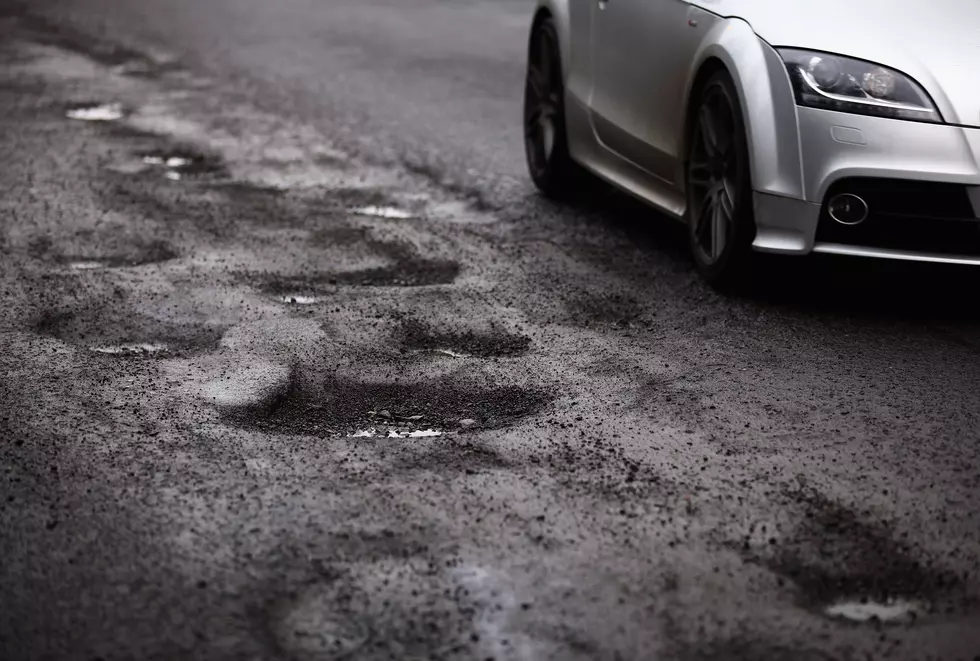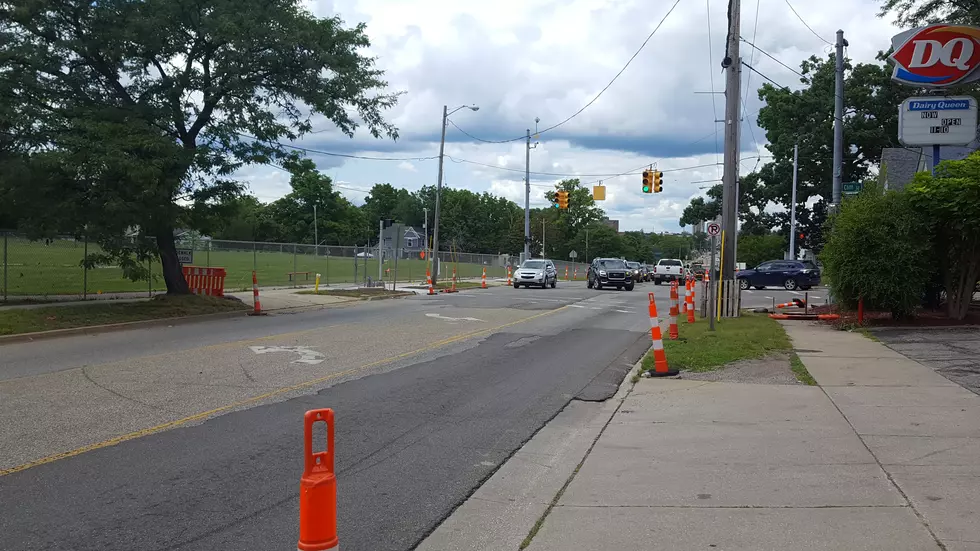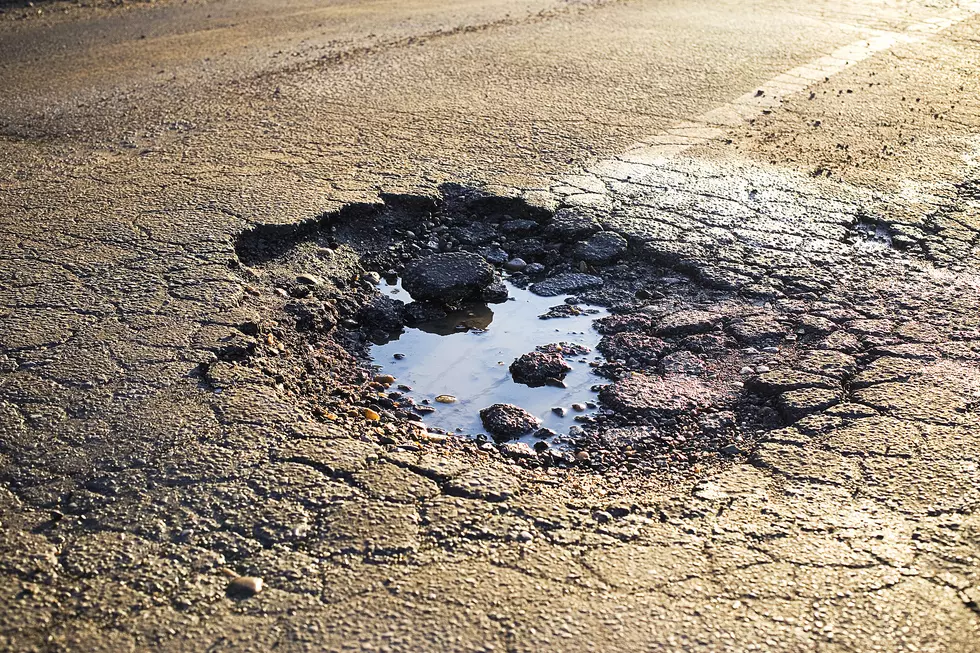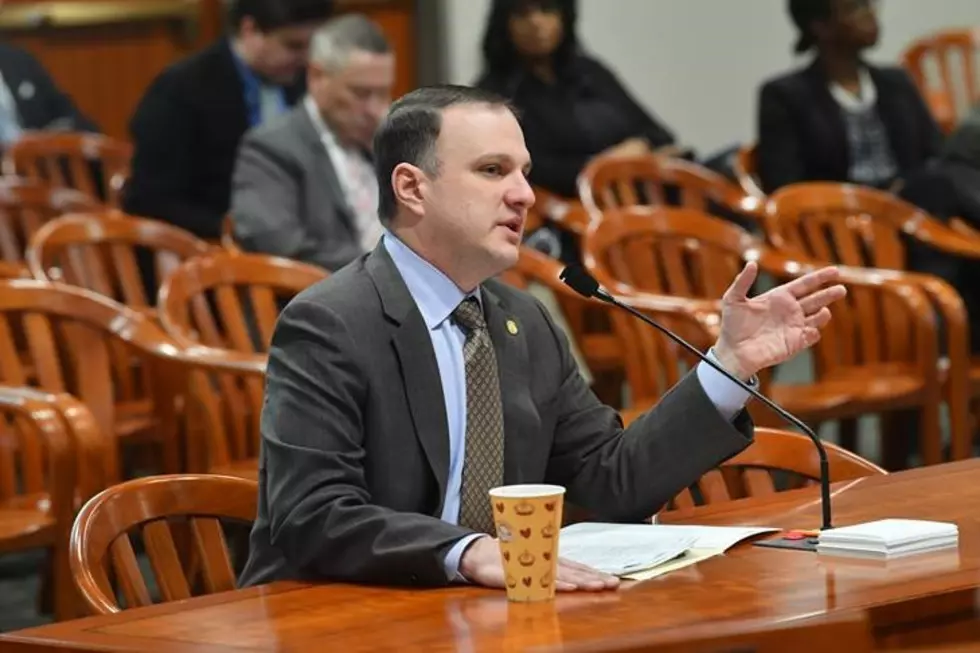Calhoun County Road Department Manager Explains Road Efforts
John Midgley has been on the job as Calhoun County’s Managing Director for about five months. He started with the Indiana State Highway Commission and then went to MDOT for 4 years and spent 22 years in Jackson as the Director of Engineering and then was the Managing Director for 6 years in Ingham County.
Midgley says the funding coming in for Calhoun County roads is $12 million per year. Without addressing bridge needs, it’s estimated that Calhoun County needs about $300 million dollars of work done on roads. And out of the $12 million, comes all of the department’s operating expenses, including winter maintenance which total about $2 million annually. Pothole repair comes out of the $12 million and so do all the bridge repairs. One bridge, on old 27 near Tekonsha, will cost about $2.8 million, and Midgley says they’re working to get federal funding for that bridge and others.
He says county crews have been working 6 days a week this spring, patching potholes with cold patch asphalt. As of this week, (April 15th) hot patch is being used. Midgley says asphalt plants don’t make the hot mix available until mid-April, which allows crews to put a higher quality, more permanent patch on holes.
Many elected officials, including State Senator Dr. John Bizon, R-Battle Creek, have suggested that some rural roads may have to be turned back to gravel roads. Midgley says the existing double seal coat road would be ground up and stay on the road to use as a base for a gravel road, which would be a lot easier to maintain than an asphalt road that’s over 20 years old and has no more useful life. He says they rate roads annually on a 1 to 10 scale, and a lot of Calhoun County’s roads are a “1”.
Two area townships, Leroy and Emmett, have road funding proposals going before the voters on May 7th. Midgley says townships consult with the county to get an idea of what work needs to be done for each road. The Leroy proposal has 59 roads listed with 10 different types of improvements possible for each road.
- Chip Seal-They spread asphalt emulsion on the surface and put slag stone on top of it. It results in a lot of loose stone, especially until driven over for a few weeks.
- An asphalt emulsion overlaid with crushed stone and topped with a micro thin asphalt overlay. Midgley says this type of improvement is often done in places like sub-divisions, where you don’t want a lot of loose stone. “Once it’s done, it looks like a new pavement. Both Chip Seal and Micro are used to maintain roads that are in decent shape.
- HMA 1.5, 2.0, 2.5, 3.0. HMA is Hot Mixed Asphalt, which is put on in various depth from 1 ½ inches, to 3 inches. The existing surface is patched and worked as needed to prepare for the over-paving.
- CDC 3.0, 3.5. Crews crush and shape the road. They grind off the top, and leave it there for a base and then put the new asphalt on it.
- CMHO 1.5, 2.0. This would be for areas that have existing curb and gutter.
- Regravel-Adding 3” of road gravel to an already gravel surface, shape and compact the surface.
- Crush to Gravel- Crews crush the existing roadway, leave it there as a base, and add 3” of road gravel, shape and compact the surface.
Midgley says the county is looking at something a little bit different for next year. He says they’re just starting to do research on a recycler. The machine would take asphalt taken off roads in the milling process and recycle it into a hot mix. He says that could be a good option to save the county money and stretch their paving budget.
So why are county crews spending so much time trimming trees and what does that have with fixing the roads? Midgley says they get a lot of calls from people asking that question. He says that the thick canape of trees keeps the roadway from drying out, and consequently the surface deteriorates a lot faster. He says they try to open up some of those canapes to preserve the pavement.
More From WBCKFM
